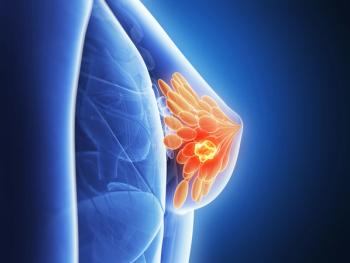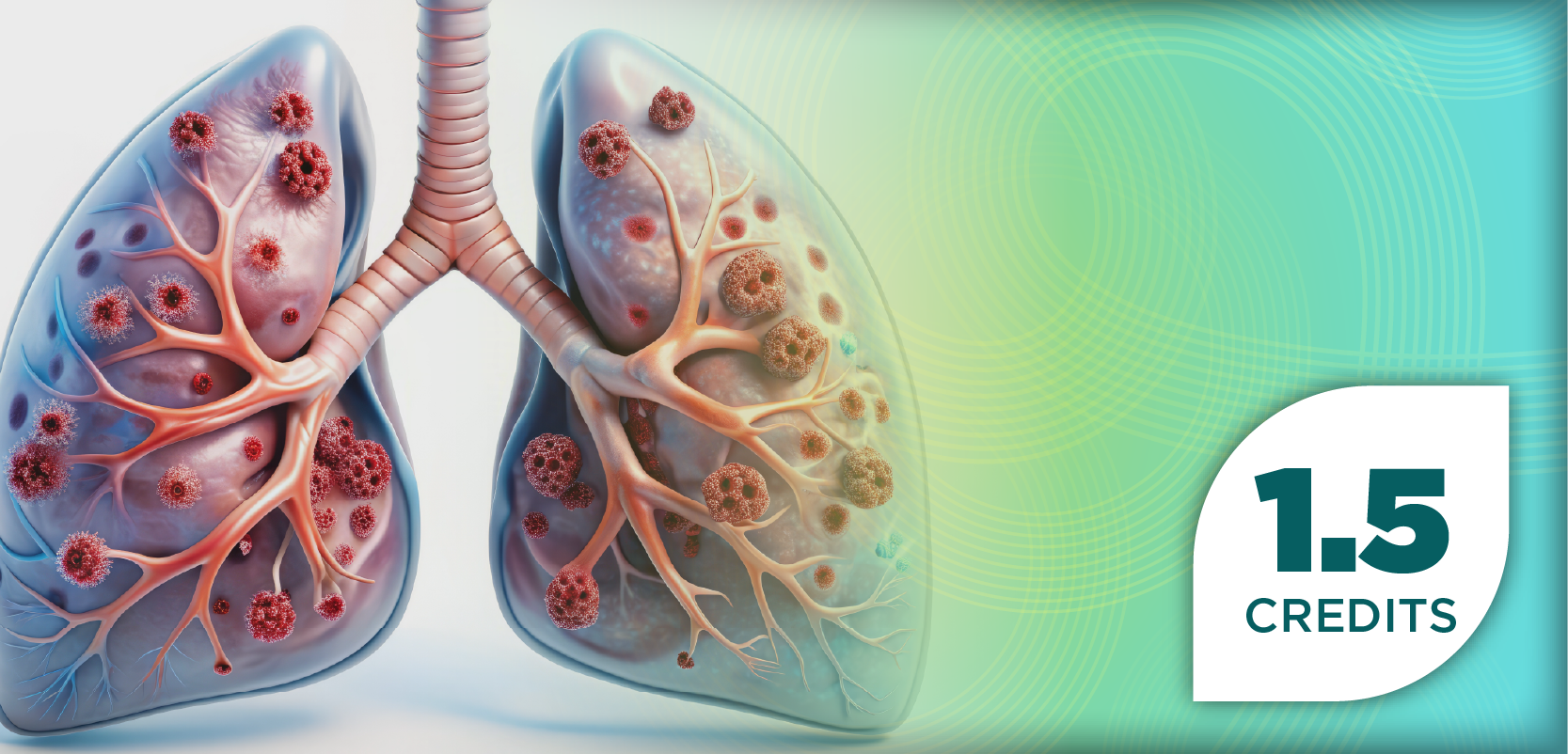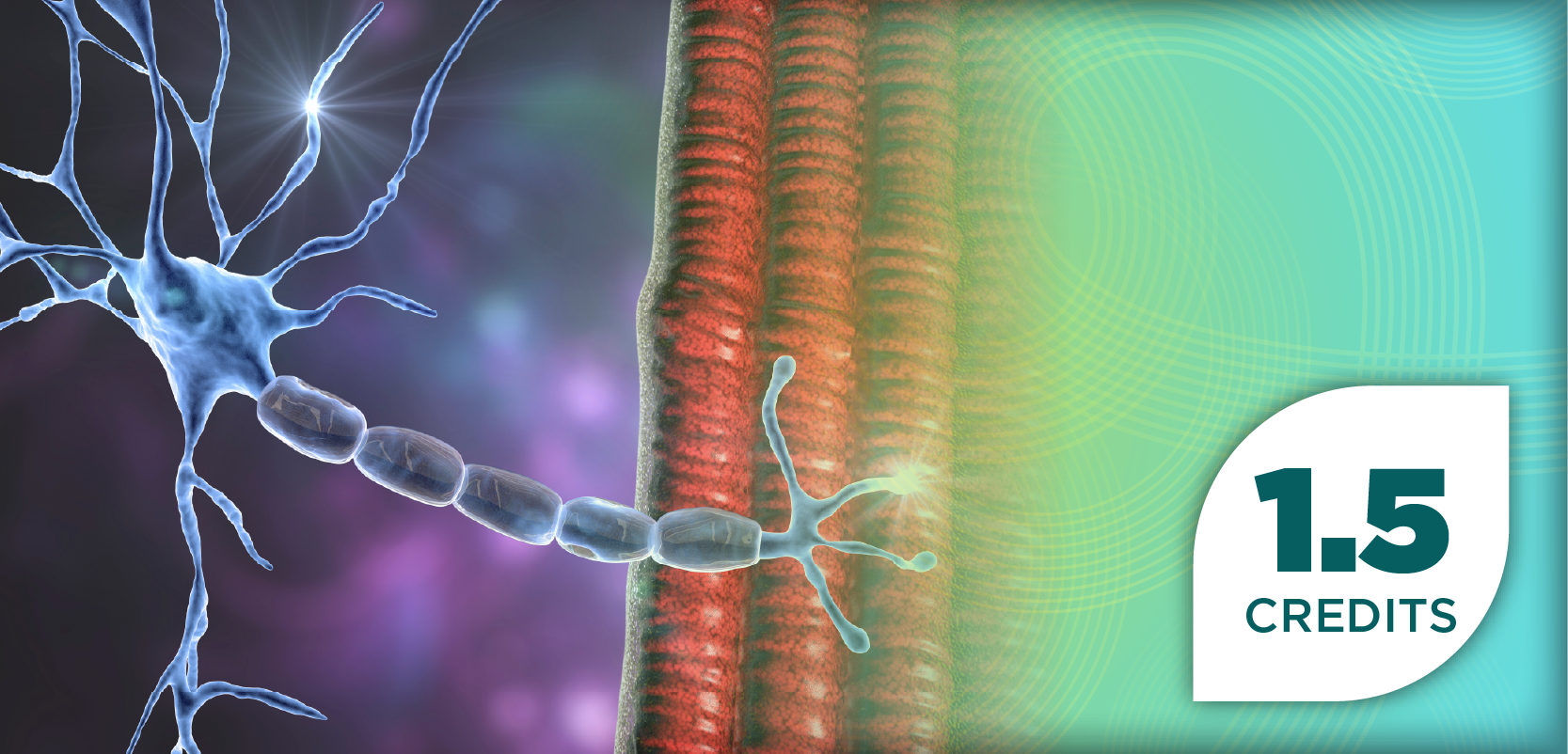
Incidence of VAIs in Patients With Chronic Kidney Disease on Dialysis Relatively Low
Key Takeaways
- CKD patients on hemodialysis have a low overall incidence of vascular access-associated infections, but noncuffed catheters present a significantly higher risk.
- Methicillin-susceptible Staphylococcus aureus is the dominant pathogen causing VAIs, with diabetes and catheter type influencing infection risk.
Although the incidence of vascular assess-associated infections (VAIs) was low, the incidence caused by noncuffed catheters (NCC) was high.
In patients with chronic kidney disease (CKD), the overall incidence of vascular access-associated infections (VAI) is low, according to authors of an abstract presented at IDWeek 2025.
They wrote that the epidemiology and risk factors identified in their research could help better control VAIs in patients with CKD who are on hemodialysis.1
CKD, also called chronic kidney failure, involves a gradual loss of kidney function, according to Mayo Clinic. The kidneys filter wastes and excess fluids from your blood, which are then removed in your urine. Advanced CKD can cause dangerous levels of fluid, electrolytes, and wastes to build up in your body. In early stages of the disease, patients might have few signs or symptoms, and at times, some may not realize they have CKD until the condition has advanced or developed to later stages.2
Further, treatment for CKD prioritizes slowing the progression of kidney damage, usually by controlling the cause; however, even controlling the cause might not keep kidney damage from progressing, notes Mayo Clinic. CKD can progress to end-stage kidney failure, which is fatal without artificial filtering—known as dialysis—or a kidney transplant.2
The abstract authors wrote that patients with CKD and those on hemodialysis are more susceptible to various infectious diseases, including VAIs; however, the extent of VAI is not well investigated because nationwide surveillance has not been well established worldwide, except for the US. In Japan, the investigators established a voluntary VAI surveillance scheme, Dialysis Surveillance Network Japan (DSN-J). The purpose of this study, according to the researchers, was to describe the epidemiology and risk factors for VAI in Japan.1
Data were collected through DSN-J from January 2008 to December 2023. From this information, the incidence of VAI was calculated by the number of infections per 1000 dialysis sessions. Profiles of causative pathogens and potential risk factors—including type of access, diabetes, indication of catheter use, and seasonality—were analyzed and included.1
During the study period, a total of 5,907,641 dialysis sessions were surveyed at 52 hospitals. Amid these sessions, 1350 VAIs were observed, with an overall incidence of about 0.23 per 1000 sessions. The annual incidence declined steadily over time. Additionally, the incidence of VAIs caused by noncuffed catheters (NCC) was about 7.75, accounting for 663 VAIs in 85,525 sessions. This, authors said, was significantly higher than those with other access types, including arteriovenous fistula (0.05), superficialization of brachial artery (0.10), arteriovenous graft (0.49), and cuffed catheter (CC; 1.39).1
The dominant causative pathogen observed to cause VAIs was methicillin-susceptible Staphylococcus aureus (S aureus; n = 306), followed by methicillin-resistant S aureus (n = 227). Patients with CKD who also had diabetes were shown to have a significantly higher risk of VAI than those who had diabetes when they were on dialysis with NCC (relative risk [RR]: 1.24 [95% CI 1.04–1.47]), but this was not the case with CC (RR: 0.78 [95% CI 0.60–1.01]). Additionally, NCCs inserted at the femoral site had a significantly higher risk of VAI compared with those inserted at the internal jugular site (RR 1.46 [95% CI 1.22–1.74]). Finally, the incidence of VAI in summer (May to October) was substantially higher than that in winter (November to April), particularly in patients with arteriovenous fistula or CC.1
The authors wrote that the overall incidence of VAI is low, but the incidence shown in NCC was unacceptably high. Although the epidemiology and risk factors identified can better help control VAIs in patients with CKD on hemodialysis, further research may be needed to confirm these findings.1
REFERENCES
1. Morikane K. (P-1040) Epidemiology and Risk Factors for Vascular Access-associated Infections in Japanese Patients with Chronic Kidney Disease and on Hemodialysis. Presented at: IDWeek 2025; Atlanta, Georgia. October 19–22.
2. Mayo Clinic. Chronic kidney disease. Accessed October 31, 2025. https://www.mayoclinic.org/diseases-conditions/chronic-kidney-disease/symptoms-causes/syc-20354521
Newsletter
Stay informed on drug updates, treatment guidelines, and pharmacy practice trends—subscribe to Pharmacy Times for weekly clinical insights.


















































































































































































































